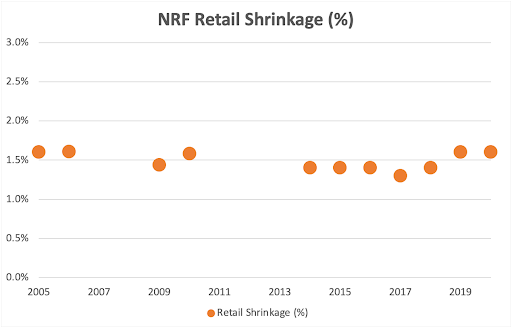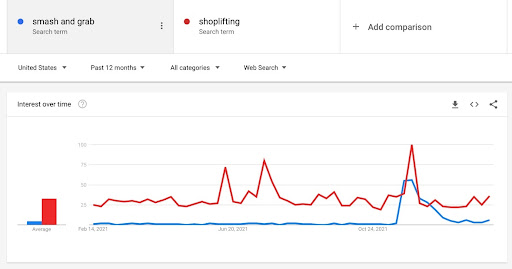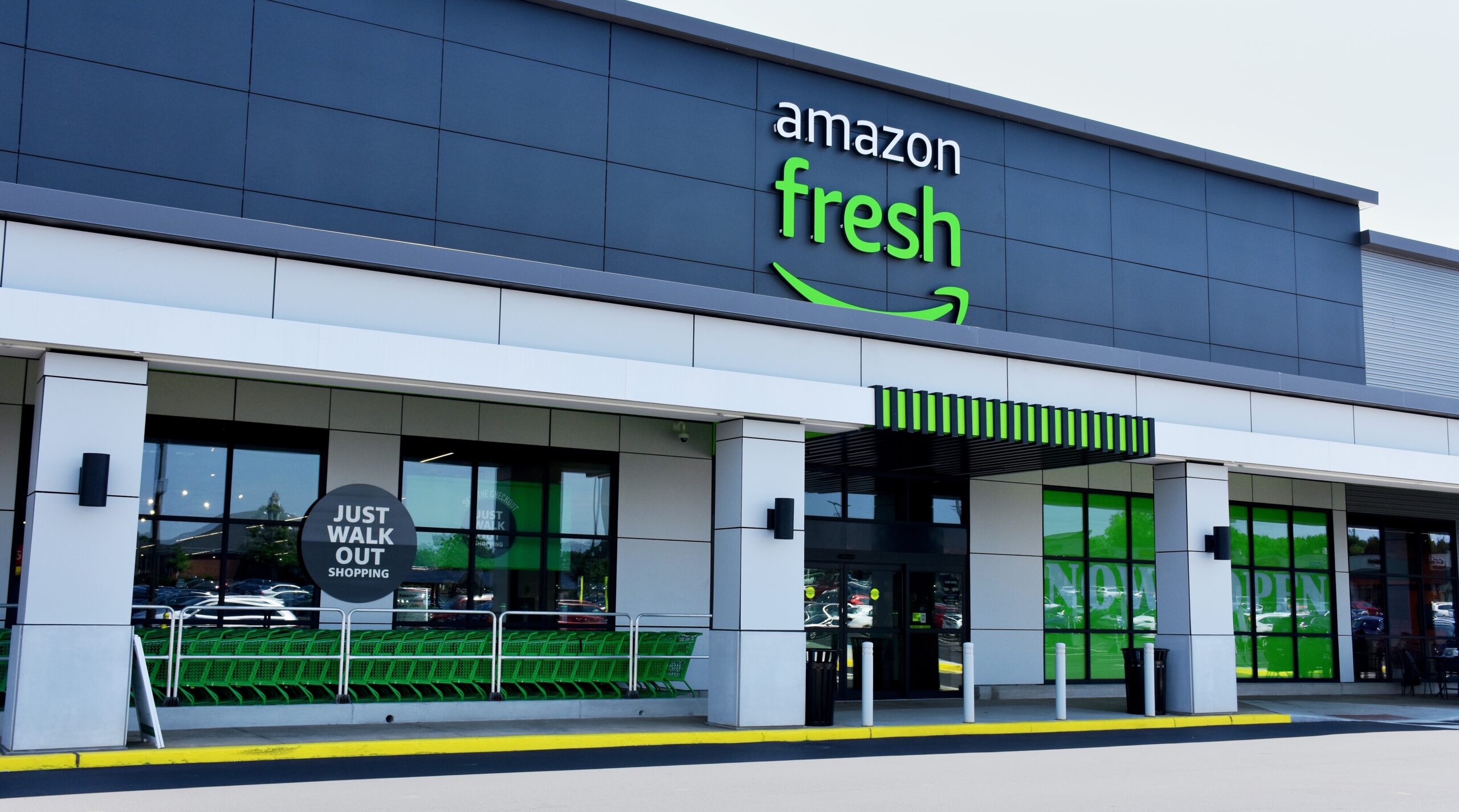Inventing a Shoplifting Apocalypse to Blame on Ecommerce
A recent Axios article titled “Shoplifting reaches crisis proportions” repeats claims by industry groups like the Retail Industry Leaders Association (RILA) that shoplifting has increased dramatically, and that “[a] lot of the uptick is tied to the ease of reselling stolen goods online.” Unfortunately for the groups pushing this narrative, the data on shoplifting refute it soundly.
The National Retail Federation (NRF) regularly publishes data on retail “shrinkage” (i.e., inventory loss due to shoplifting and related causes), and the 1.6% rate in 2019 and 2020 was almost identical to the rate reported to the press in 2005, 2006, or 2010. In fact, from 2005 to 2020, a 15-year period that saw significant growth in ecommerce, retail shrinkage has been essentially flat. (See Figure 1 below)
Clearly, the growth of online retail wasn’t associated with a rise in retail shrinkage, as shrinkage rates were generally lower from 2014-2018 than they were from 2005-2010, and shrinkage rates in 2019 and 2020 were nearly identical to shrinkage rates from 2005-2010. So why have certain industry groups claimed that a purported increase in shoplifting in 2021 (a year for which we do not yet have retail shrinkage data) is somehow connected to online retail?
The answer is that this narrative supports various legislative proposals aimed at digital commerce, including proposed legislation that would make it nearly impossible to operate an online marketplace that helps small and medium sized businesses sell their goods to consumers. As DisCo has previously observed, large retail interests have repeatedly rallied around legislation aimed at online competitors.
A coordinated communications campaign from retail-associated groups has sought to blame online marketplaces for shady behavior since last fall. Criminal justice reform advocates like Alec Karakatsanis noted that a number of stories on shoplifting and smash and grab incidents were using the exact same words and patterns–a surefire sign of a coordinated comms effort pushing the narrative.
Moreover, a Google Trends search shows that the term “smash and grab” had essentially zero public interest until this coordinated comms campaign started pushing it last fall. The comms campaign also caused a sharp spike in searches for “shoplifting,” a term with a higher base rate. (See Figure 2)
Don’t fall for this coordinated misinformation campaign. Retail shrinkage was flat for 15 years during which more consumers embraced the expanded choices offered by digital and omnichannel retail. If there was an increase in shoplifting in 2021, it was driven by the same pandemic-related factors that caused an increase in other antisocial behaviors.










